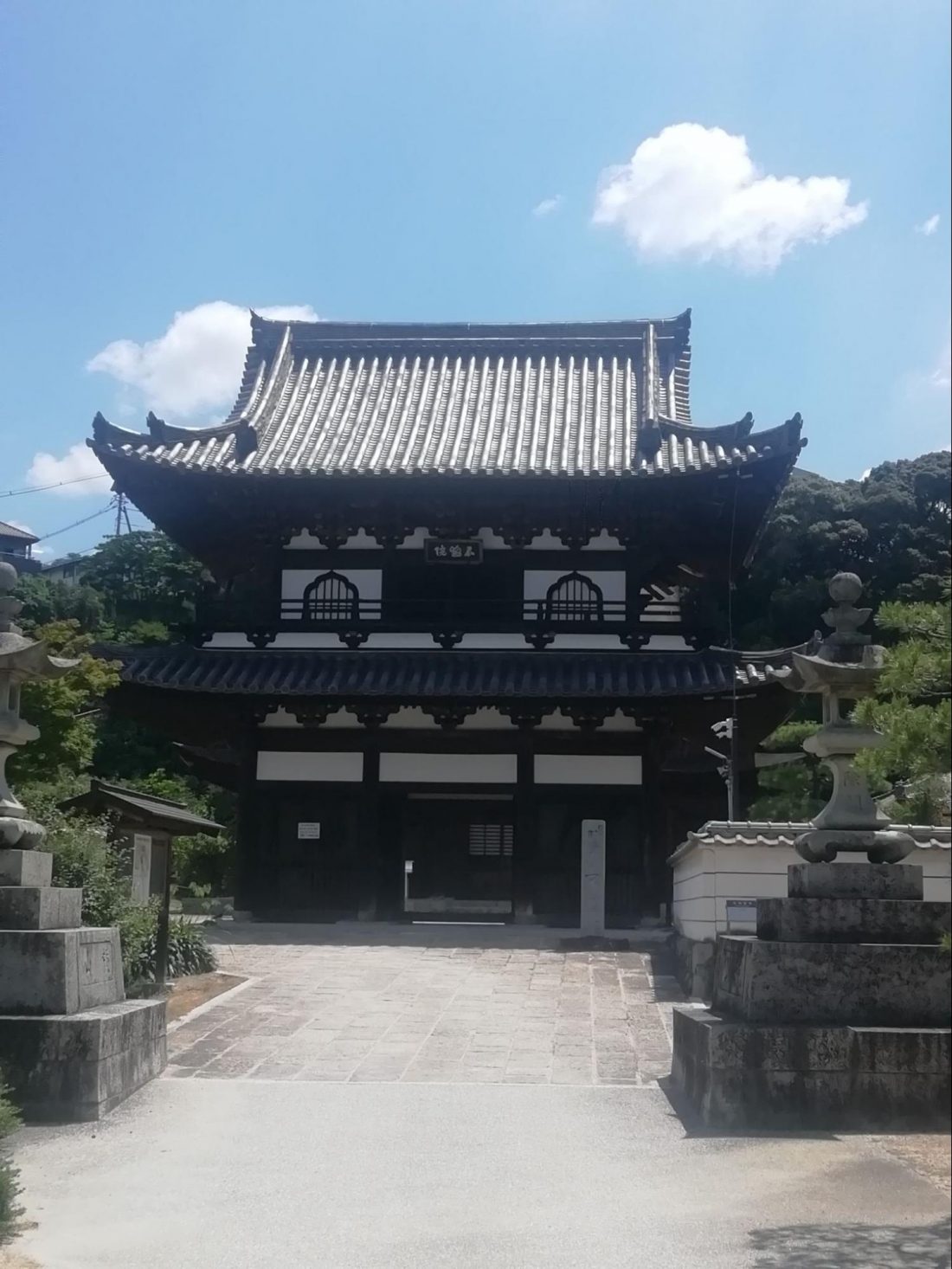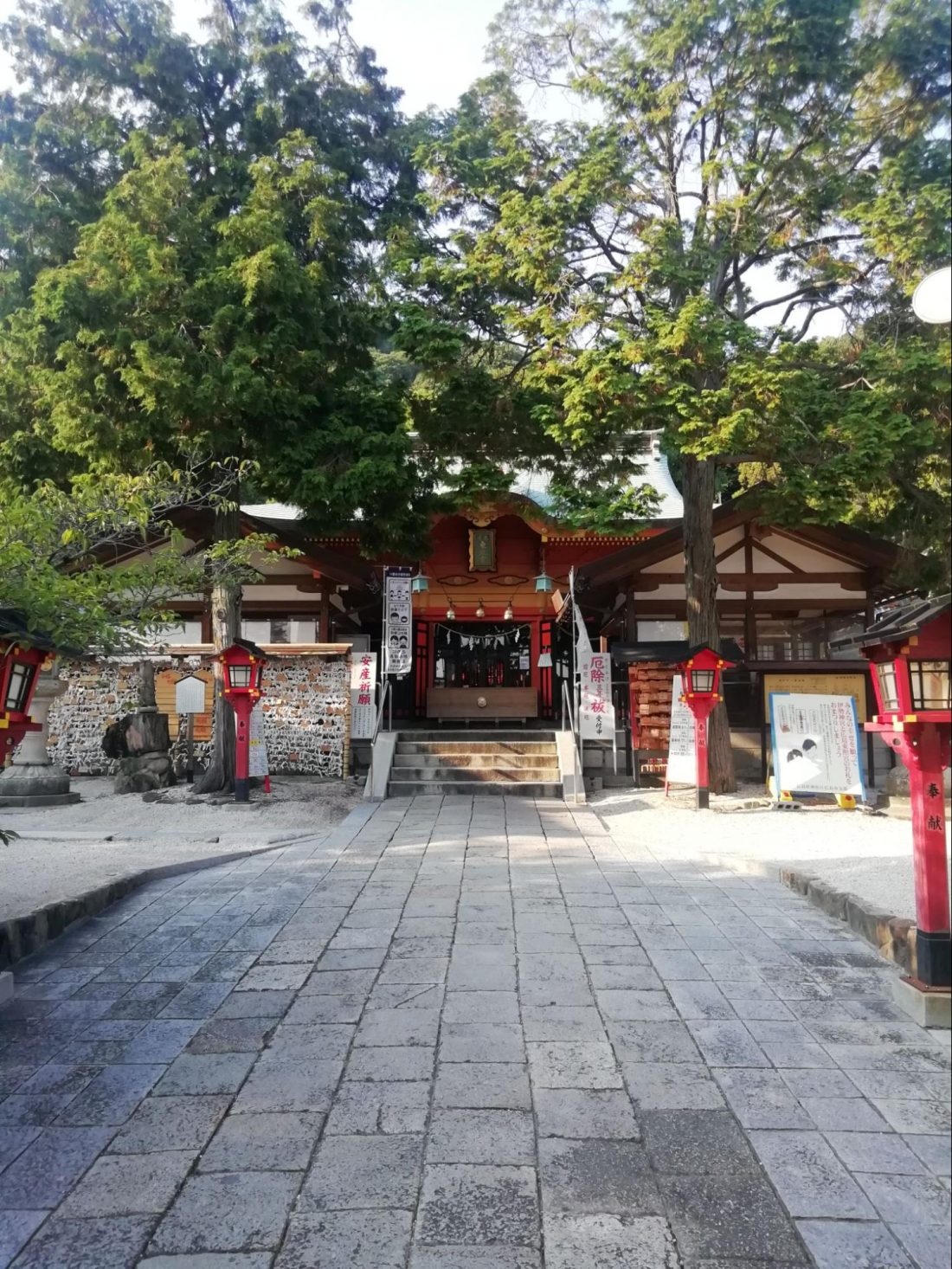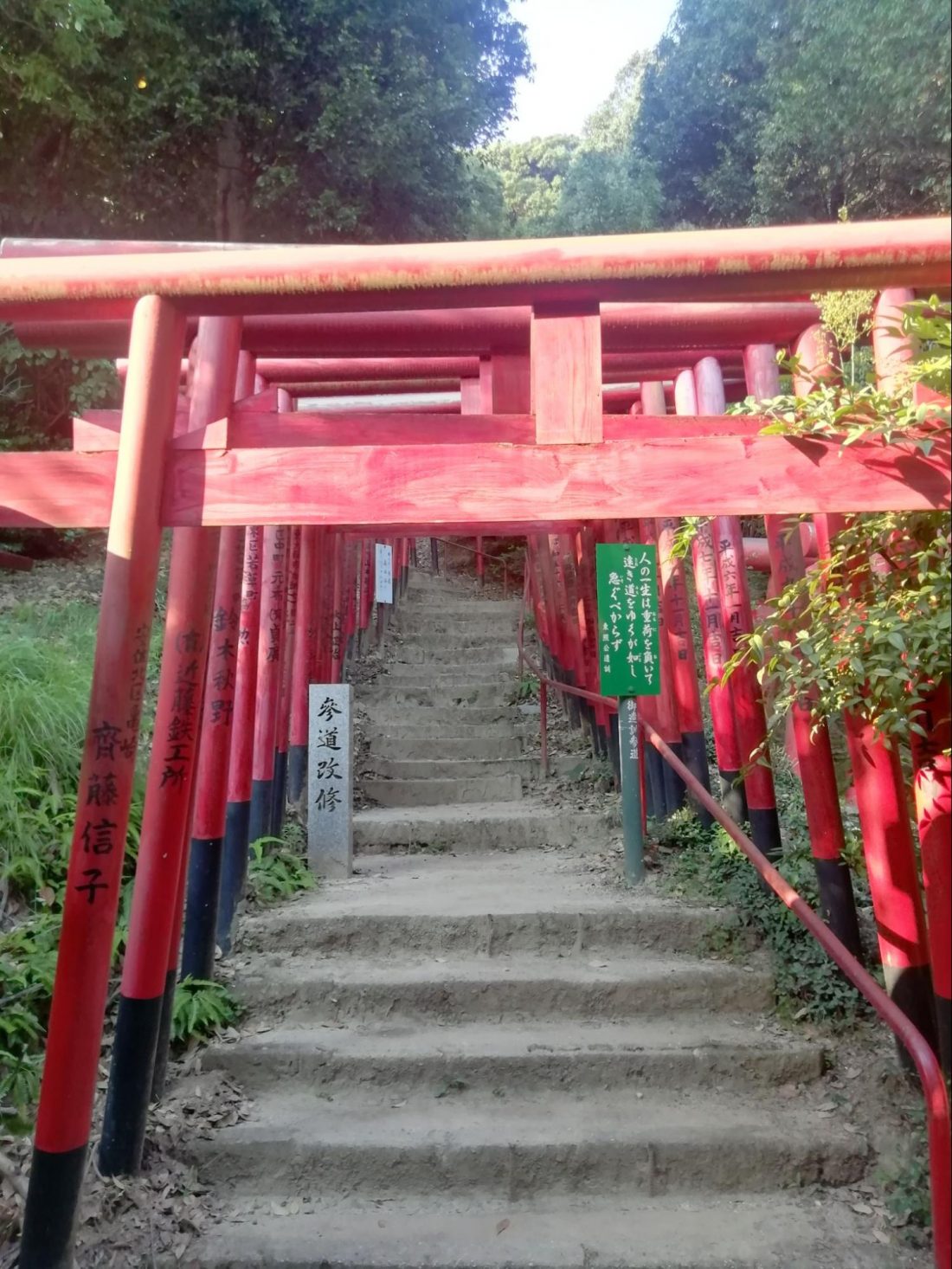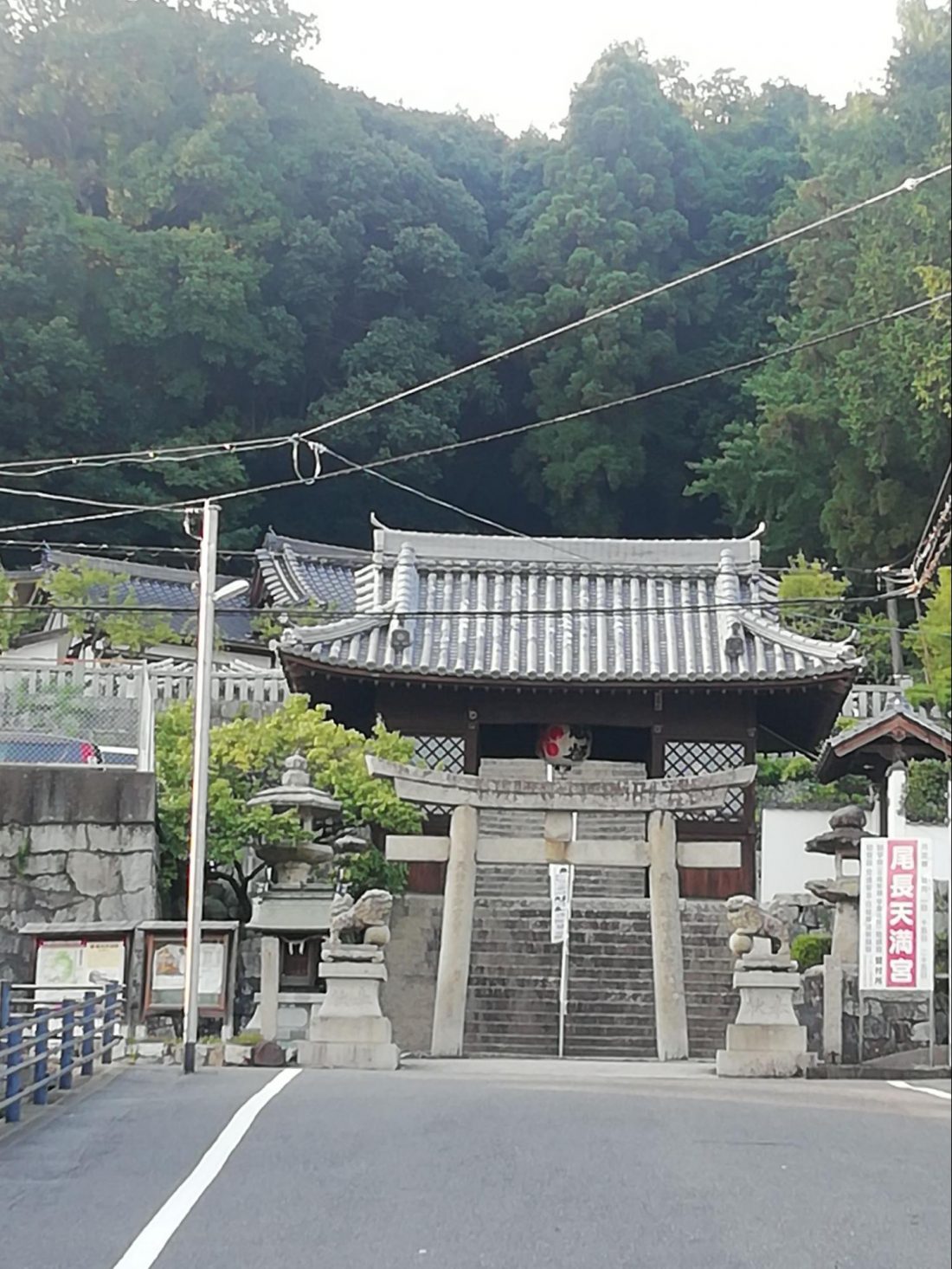100 Stories
THE PROMENADE OF HISTORY – Following Hiroshima’s Historical Walking Trail of Shrines and Temples
Itsukushima Shrine with its floating red torii gate is the queen of all Hiroshima shrines. There is no doubt about this. Designated one of the “Three Views of Japan”, it’s become a symbol of Hiroshima and rivals the Peace Memorial Park as the reason for tourists to come to Hiroshima. However, it’s really Miyajima’s shrine, protecting the island. When it comes to protecting Hiroshima there is a whole different line of spiritual defense.
Kimon is a reference to the demon’s gate, the portal to the demon world. In Japanese mythology and religion it’s believed to lie to the northeast. Just northeast of Hiroshima are a row of mountains. Thus, many of the great leaders of Hiroshima’s past had a multitude of shrines built around those hills as a barrier to the demon’s gate. I don’t mean to exaggerate by saying multitude either. It’s difficult to count them all, there are so many, some of which are literally next to each other. Today, the city of Hiroshima has designated 15 of them as especially historically significant, and constructed the “Futabanosato Promenade Of History”, also called the Futabanosato Historical Walking Trail.
If you are interested in walking the trail from start to finish, first of all, don’t. Rent a bicycle. From first to last it covers 10 kilometers and for several stretches that means just walking along normal city roads past houses, dry cleaners and convenience stores. Also, several are tricky to find (accurate map a must, smartphone and GPS even better!) so you don’t want to waste energy on steps in the wrong direction. Even by bicycle it will take two or three hours to see everything, or longer if you spend more than 10 minutes at any given shrine or temple. If bicycle is not an option I’ll describe the best walking course below as well (jump down to see at any time). Since the sites are meant to be not just historically significant but are still currently active and important religious sites it seemed disrespectful to make a top ten list, so I’ll describe each of the sites in order, but I will add my own thoughts as well, since several stand out as more impactful than the others.


12. Mt. Futaba Peace Tower
Written about elsewhere in terms of hiking courses and its great city view, this is actually the least historical place on the route. It was constructed in 1966 as a prayer for peace following the bombing. It contains two gifts containing ashes of the Buddha, and thousands of stones from citizens of Hiroshima representing prayers of peace.
Thoughts: Not historical, but the hike and view alone make it a must-include.
13. Onaga Tenmangu Shrine
Another “moved” shrine, its current location is actually lovely, set flush right against the mountain. It’s dedicated to Sugawarano Michizane, regarded as a “god” of scholarship and calligraphy. It actually began as a shrine in the 10th century according to legend, making it perhaps the oldest of all those on this tour, but it was moved to its present location in the 17th century (still an impressive 400 years!) and was renovated to its current appearance in the 18th century.
Thoughts: See thoughts on walking tour below. If you can make it there, its historical age make it a good stop. Visually it’s a bit average and not overly impactful.
14. Kokuzen-ji Temple
Old and historically significant, if very average in appearance. Two monks founded a temple from their hut around 1340. After Hiroshima Castle was built, the second feudal Lord of Hiroshima, Mitsuakira Asano, in 1656, designated it as their clan’s family temple, renamed it and expanded its structure to what we see today.
Thoughts: Great historical story, completely average temple. Worth a stop at the entrance if it’s on your route; but not worth going out of your way for.
15. Shoko-ji Temple
It’s easy to sometimes forget that shrines and temples also function as Japan’s cemeteries, as the grave markers are usually in the rear or side and isolated. Shoko-ji Temple, however, has its temple building off to the side, and a rather lovely small cemetery becomes the main focus. It also has a long complicated history. It was founded in 1394, but burned down twice and then moved in 1624 to the center of Hiroshima. Then destroyed in the bombing it merged with another temple in its current location in 1975.
Thoughts: If you want to stand somewhere with a long historical connection, might be worth it, but visually there is nothing to see.
16. Saizo-ji Temple
This is the farthest away, a good 1.5 kilometers from the previous location. It’s also very hard to find, with a confusing trick to it as well. While a road sign says it is 250 meters away, the official promenade markers we’ve been seeing at each location, is next to a small little roadside box style shrine. So which is the real shrine? Well, actually it’s the one up the hill yet and a steep, steep flight of steps. There is a story of a warrior who prepared for a battle by amassing a great amount of miso soup, which both fed the troops and was poured scalding hot on the enemy. Legend has it that if you put miso on the head of the little statue there and pray you’ll be able to pass your exams, so it’s at least popular during examination season.
Thoughts: Unless you really love “miso” or have a major exam to take soon, it is just too far away to be worth the trip.
Bonus: Atago Shrine (the Carp (baseball) Shrine?)
Also, I discovered on the map, but not on the official promenade (remember, there are almost more shrines than can be counted here at the city’s “kimon” demon gate; the promenade represents a select few only), a small shrine (Atago Shrine) that I decided to check out. While the signboard talks of 400 year old history of dedication to the fire deity (the shrine having begun following a devastating fire in the last 1600s, it was clear looking at the shrine itself that it is now primarily dedicated to the Hiroshima Carp, the city’s professional baseball team. You might chuckle (I did), but this was the only place I saw that had pendants dedicated to the team, and prayer boards, where you post your wishes, shaped like baseball; Also, most people who hung their prayer boards had clearly written their wishes for this baseball season. I was so tempted to write a board for my favorite major league team in America, but in the end I feared it rude or disrespectful. Maybe you can try it out though.
THE HISTORICAL TRAIL
The Walking Course
Okay, walkers unite. Your best route is to start from Hiroshima Station (exiting on the Shinkansen side, or north side. From there, you can usually see Hiroshima Toshogu Shrine (No. 10 above) if you know what you are looking for. It’s a less than 10 minute walk, so head that way.
All the locations are described above, so I’ll just describe your route here. After walking from the station to Toshogu Shrine, you walk either through or around the shrine to Kinko Inari Shrine (No. 11). Pass through all the red gates and then keep going on the trail that opens up in front of you. This will take you all the way to the Peace Tower (No. 12). This alone is a rather famous hiking course.
From here you have two options, depending on your interests and energy level. If you make your way down the road from the tower, and you follow your map, it is easy to find Onaga Tenmangu Shrine (No. 13) at the base of the hill, and just a few hundred meters away, visible from Onaga Tenmangu, Kokuzen-ji Temple (No. 14). From there it is almost a straight line back to Hiroshima Station. If you’re still not done, then turning right before reaching the station will take you back to the front of Toshogu Shrine and a short walk further to some more excellent locations.
The second option from the tower is to descend back the way you came, coming down through Kinko Inari again and down the steps of Toshogu Shrine. Turn right at the front, and you are about a ten minute walk from Nigitsu Shrine (No. 7), Myojoin Temple (No. 8), and Tsuruhane Shrine (No. 9). When you are finished it’s about twenty minutes back to the station.
Technically there is a third option for those with a spirit of adventure and really good smartphones… Coming back from the tower, when the trail leads back toward Kinko Inari, you’ll see that the Kinko Inari trail is a branch, and the main path continues. If you follow this to its trailhead, you’ll come out just on the other side of Nigitsu Shrine. The trailhead location is quite confusing though. You’ll seem to come out not near anything. But follow the road down and turn left when you reach the main road. Nigitsu Shrine is just two minutes away from that point.
MOMENT OF JOY
I had never known the ocean came in so far and that Inari Shrine’s location was 1,000 years old and was an anchor site. Learning that was joyful. More so was having passed Yatsurugi Shrine many, many, many times and never knowing it was historically significant before. That was quite joyful, too. But in the end I have to say it was discovering the monument to child-rearing and safety at Myojoin Temple (see notes on the temple above). As a father, this image just struck a powerful cord with me and it’s now one place I’m likely to return to again.
So there it is. The Promenade Of History. Nothing to match Queen Itsukushima Shrine for beauty. But for historical significance and being right in Hiroshima city itself, there are some must know, must see locations. Happy exploring.




